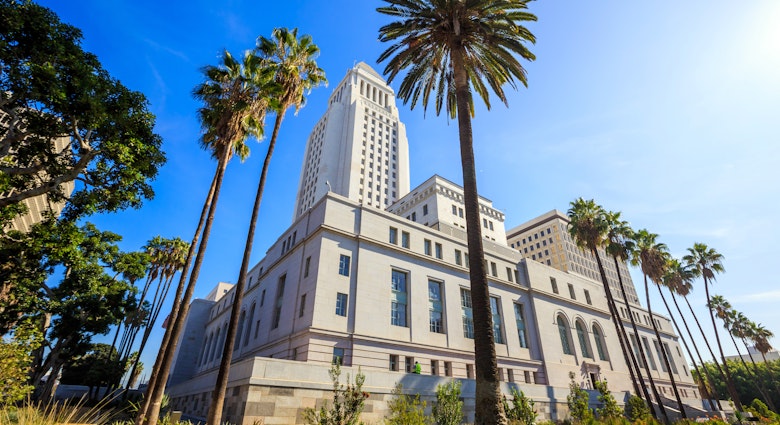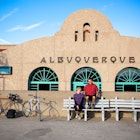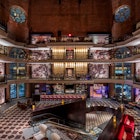New York State’s second-largest city is trading in its image of post-industrial collapse for one of creative revival as architectural gems – including impressive early career works by Frank Lloyd Wright – are restored and former industrial complexes and public buildings are turned into hotels, restaurants, breweries and art centers.
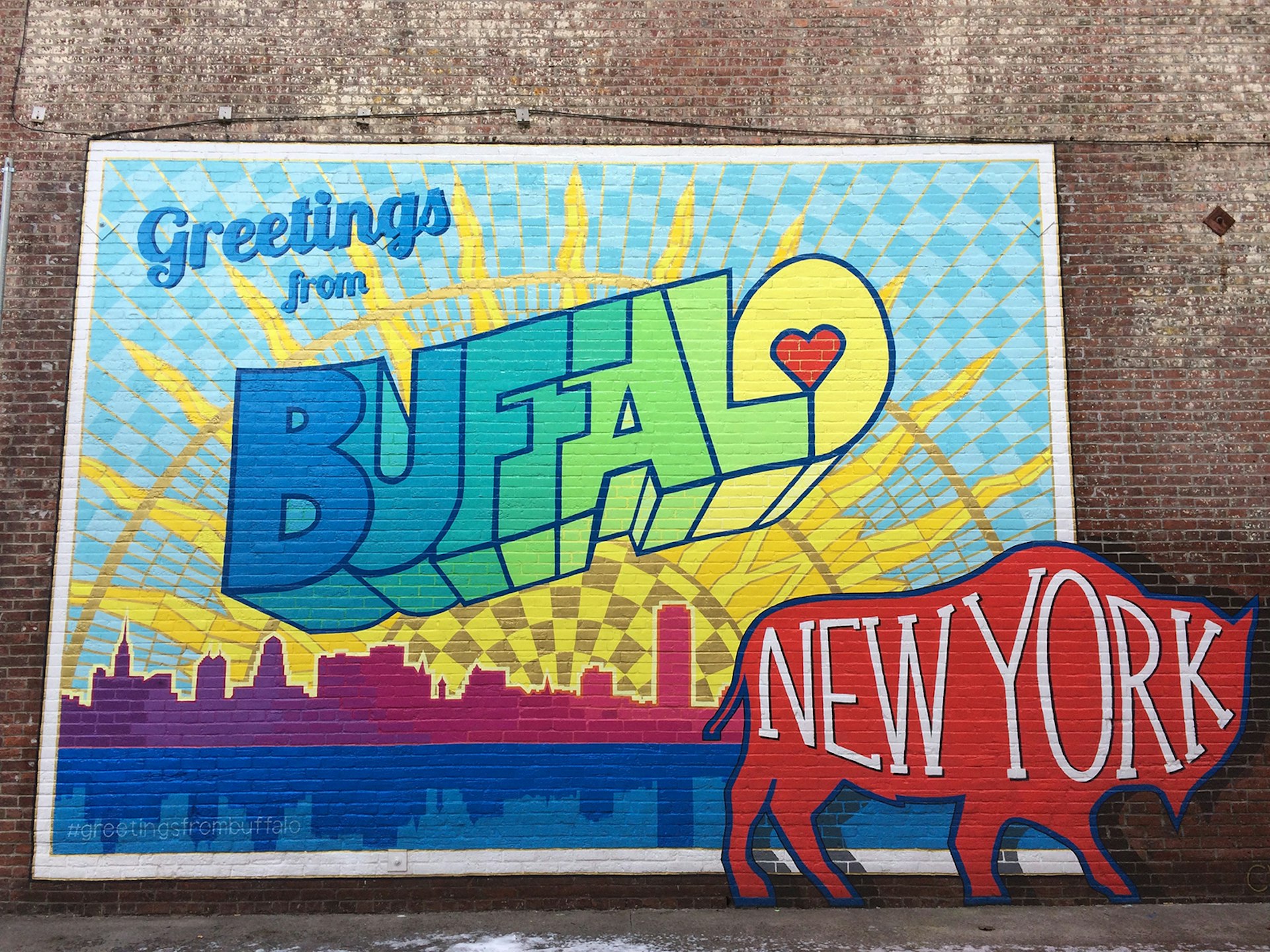
Creation of the Queen City
The peak of Buffalo's prosperity was the late 19th and early 20th centuries. Powered by electricity generated by nearby Niagara Falls and connected to New York's seaboard by the 363 mile Erie Canal, the Queen City on Lake Erie was one of the world's busiest inland ports. Industries such as Bethlehem Steel, Pierce-Arrow cars and Larkin Soap generated the income for grand buildings and parks designed by the leading architects and engineers of the day.
Downtown Buffalo is littered with structural survivors from this golden age, including the splendidly restored Guaranty Building, clad in ornamental terracotta tiles. A new interpretive center on the 1896 building's ground floor provides background on its beaux arts design and construction by the architect Louis Sullivan, known as the 'father of the skyscraper', and the engineer Dankmar Adler.

A month before the Wall St Crash of 1929, ground was broken for what remains one of Buffalo's boldest architectural statements. At 32 stories and 379 feet, City Hall is one of the largest public buildings in the US. The exterior of this art deco masterpiece is covered with friezes of strapping, industrious citizens, while the interior dazzles with allegorical murals created by William de Leftwich Dodge.

Frank Lloyd Wright's legacy
A victim of the economic decline of the rust belt, Buffalo went into freefall in the latter part of the 20th century, as factories were abandoned and once majestic buildings left derelict. Among such endangered structures were a couple of homes designed by Frank Lloyd Wright, both considered early examples of his much-lauded Prairie house style. It's symbolic of Buffalo's recovery that both the Martin House Complex and Graycliff (graycliffestate.org) are well on their way to complete restoration.
Wright came to Buffalo in 1903 to design these properties for Darwin D Martin, a top executive at the Larkin Soap Company. The Martin House Complex consists of the 15,000 sq ft Martin House, a glass-roofed conservatory linked to the main house by a 100-foot pergola, the smaller Barton House for Martin's sister and her husband, a carriage house and a gardener's cottage. It's taken 25 years of painstaking restoration to bring all these elements back to their prime. That process reaches a climax this summer with the unveiling of the magnificent Wisteria Mosaic Fireplace. This focal feature of the main house has decoration designed by Blanche Ostertag in conjunction with the art glass firm of Giannini and Hilgart.
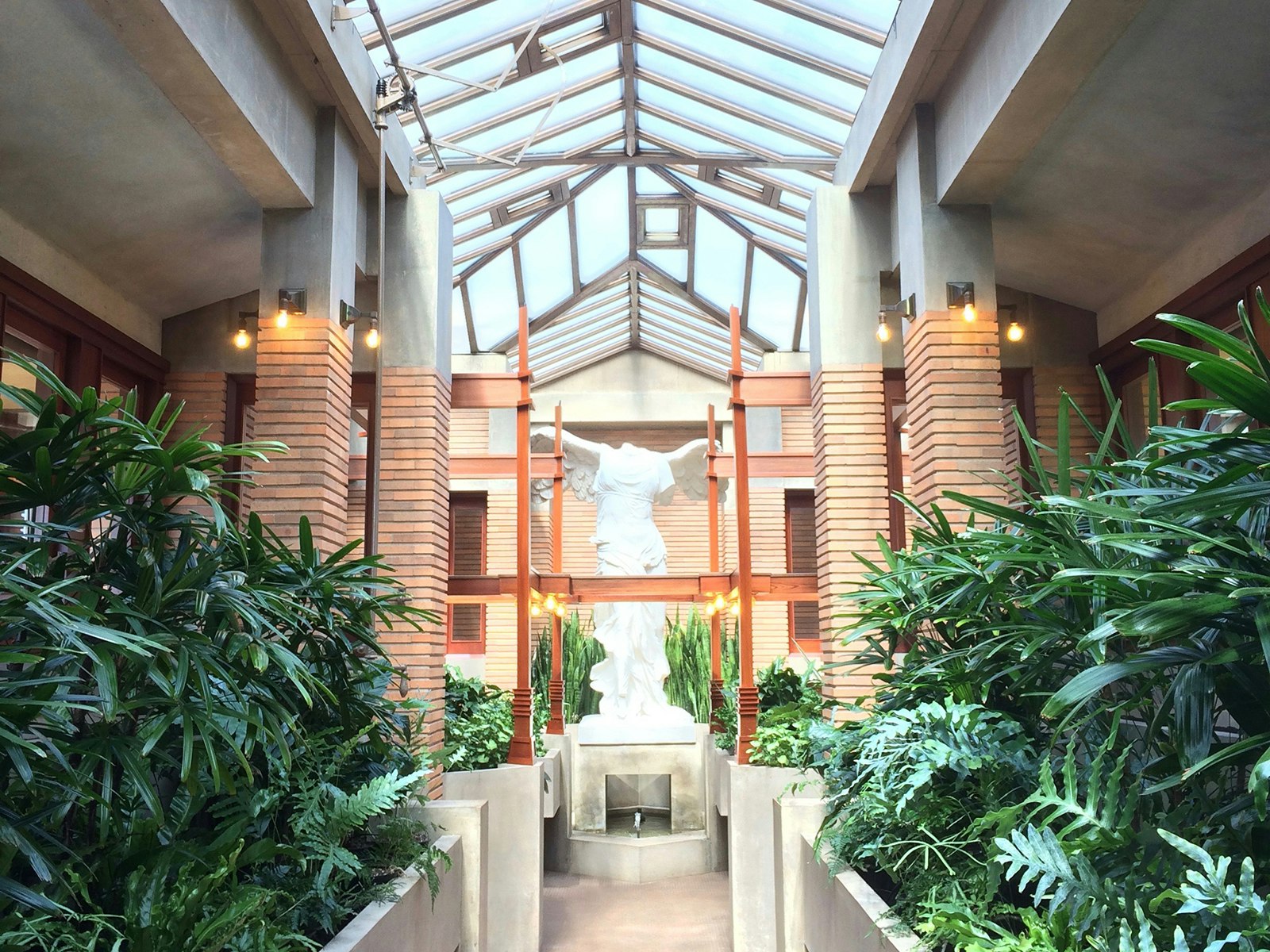
Wright fans will want to time their visit to Buffalo to coincide with the All Wright All Day tours which include the architect's other local projects: the summer house Graycliff; the Filling Station, designed in 1927 but only built in 2013 inside the Pierce Arrow Museum (pierce-arrow.com); and the Blue Sky Mausoleum (blueskymausoleum.com) constructed in 2014 from Wright's 1920s plans.
Richardson Olmsted Complex
Henry Hobson Richardson is the third of the 'big three' American architects to have left their mark on Buffalo, along with Wright and Sullivan. His monumental Buffalo State Asylum for the Insane opened in 1880 on grounds designed by Frederick Law Olmsted and Calvert Vaux (Olmsted also designed the nearby Delaware Park). In 1986 the building, it original use long since abandoned, was made a National Historic Landmark. However it has taken another 30 years and some $76 million for it to open to the public again – in a much-changed role.
Since April 2017, the plush Hotel Henry (hotelhenry.com) has restored life to the broad corridors of the former asylum, and this time, guests are allowed to check in and out at their leisure. Designed also to be a community resource, the hotel includes 100 Acres: The Kitchens at Hotel Henry, a mammoth food and beverage operation that sprawls across the hotel's first floor and is decorated with art works by local creatives. The building's ground floor will also be the location of the new Lipsey Buffalo Architecture Center (buffaloarchitecturecenter.wordpress.com) set to open by the end of 2017.
Buffalo smells like cheerios
That sugary aroma, familiar to generations of Americans, is something you can really smell as you drive past Buffalo's General Mills factory, one of the last functioning industries by the city's waterfront. It's not breakfast that will bring you down here, though, but interesting new ventures taking over the decommissioned grain silos and elevators.
A clutch of these giant concrete cylinders and blocks have morphed into Silo City (silo.city), a stark modernist backdrop for musical performances, poetry readings, a craft beer festival and regular architectural tours (explorebuffalo.org) throughout the summer.
Open year round in this dystopian location is Riverworks (buffaloriverworks.com) where a brewery has been retrofitted into the grain silos. Also part of this entertainment and dining complex is a roller derby track, a martial arts dojo and two outdoor ice-rinks. A beer garden amid the shattered foundation of another grain silo is in the works.

Adapting old buildings
Inspired reuse of aging buildings has become something of a Buffalo specialty. The singer Ani DiFranco has been working for a decade on the restoration of a 19th century Gothic church that forms part of Babeville (babevillebuffalo.com) a multi-use facility devoted to the arts. Included in the complex are the live music venue Asbury Hall and the cutting edge Hallwalls Contemporary Arts Center (hallwalls.org).
Housed in a former boat engine factory on the city's west side - a building that also once saw service as a dog pound – is Resurgence Brewing (resurgencebrewing.com). Among the microbrewery's many flavorsome ales is a sponge candy stout, paying homage to the chocolate-coated cinder toffee that's a famous Buffalo sweet treat.
The old Larkin Soap Company complex, and the gas station that sits in front of it, are at the heart of Larkin Square (larkinsquare.com). On Tuesdays between April and October the square is populated by over two dozen food trucks that provide the gourmet eats and drinks for a fun al fresco evening of grazing and mingling with locals to a soundtrack of live music.
How do I get to Buffalo?
Fly into Buffalo Niagara International Airport. Alternatively, take the Greyhound to Buffalo Metropolitan Transportation Center, or Amtrak trains to either Exchange Street or Buffalo-Depew Stations.



